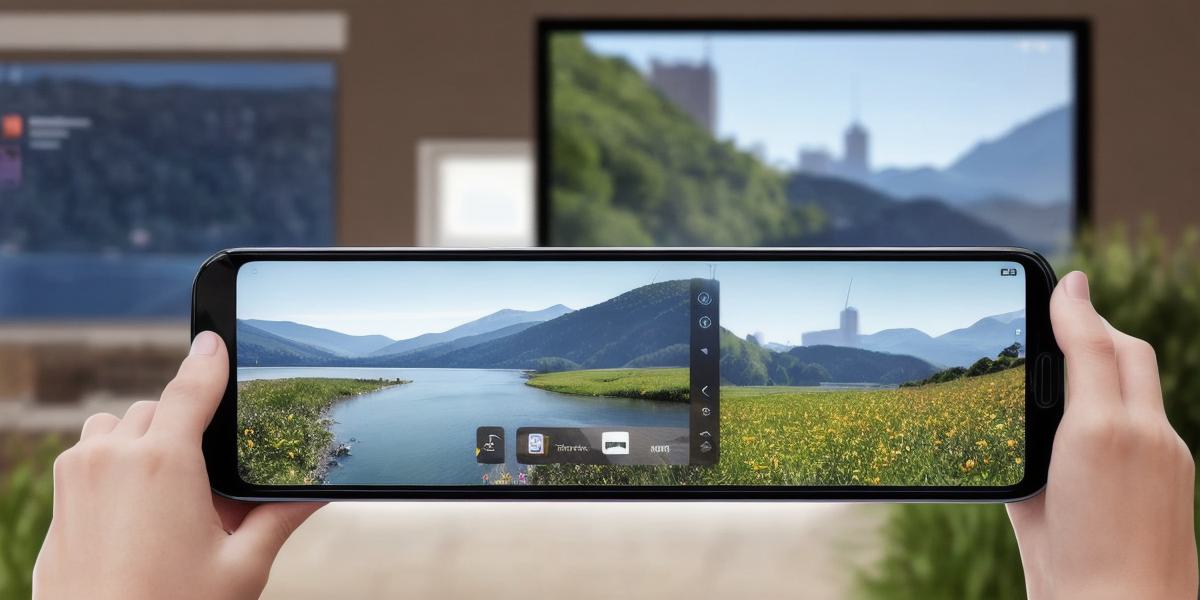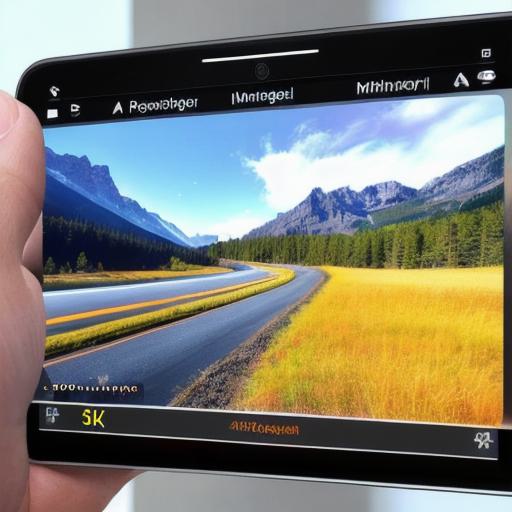Why is Augmented Reality So Expensive?

Augmented reality (AR) technology has been around for decades, but it’s only recently that it has become a mainstream part of our daily lives. From gaming to retail and healthcare, AR has countless applications that are transforming the way we interact with the world around us. But despite its many benefits, AR can be quite expensive, which can make it difficult for some businesses to justify investing in this cutting-edge technology. In this article, we’ll explore why AR is so expensive and what factors contribute to its high cost.
One of the main reasons that AR is so expensive is the complexity of the technology itself. AR involves a combination of computer vision, image recognition, and machine learning algorithms that work together to create an immersive and interactive experience for users. These technologies require a lot of processing power and storage capacity, which can make AR devices quite expensive to produce and maintain.
Another factor that contributes to the high cost of AR is the need for specialized hardware. While some forms of AR can be experienced through a smartphone or tablet, more advanced applications require dedicated hardware such as AR glasses or headsets. These devices are often custom-built and designed specifically for the needs of the user, which can make them quite expensive to produce and distribute.

In addition to the complexity of the technology and the need for specialized hardware, there are other factors that contribute to the high cost of AR. For example, developing AR content can be quite time-consuming and expensive, as it requires specialized skills and expertise in areas such as 3D modeling, animation, and programming. There are also licensing costs associated with using certain AR technologies and software, which can add up over time.
Despite the high cost of AR, there are many businesses that are investing in this technology because of the benefits it offers. For example, in the retail industry, AR can be used to create interactive product demonstrations and try-on experiences, which can help customers make more informed purchasing decisions. In healthcare, AR can be used for surgical planning and visualization, as well as for remote patient monitoring and telemedicine applications.
In conclusion, while there are many benefits to using augmented reality technology in business, it’s important to understand the factors that contribute to its high cost. By understanding these costs and weighing them against the potential benefits of AR, businesses can make informed decisions about whether or not this cutting-edge technology is worth the investment.








